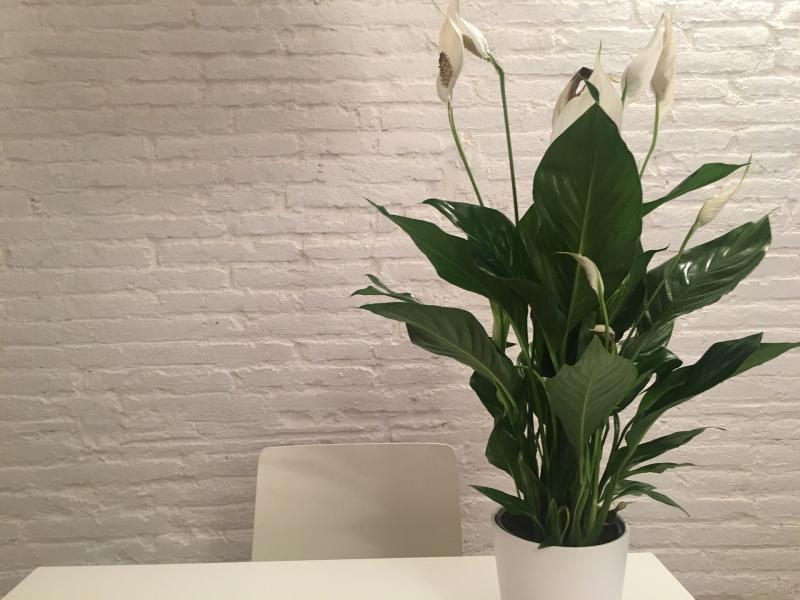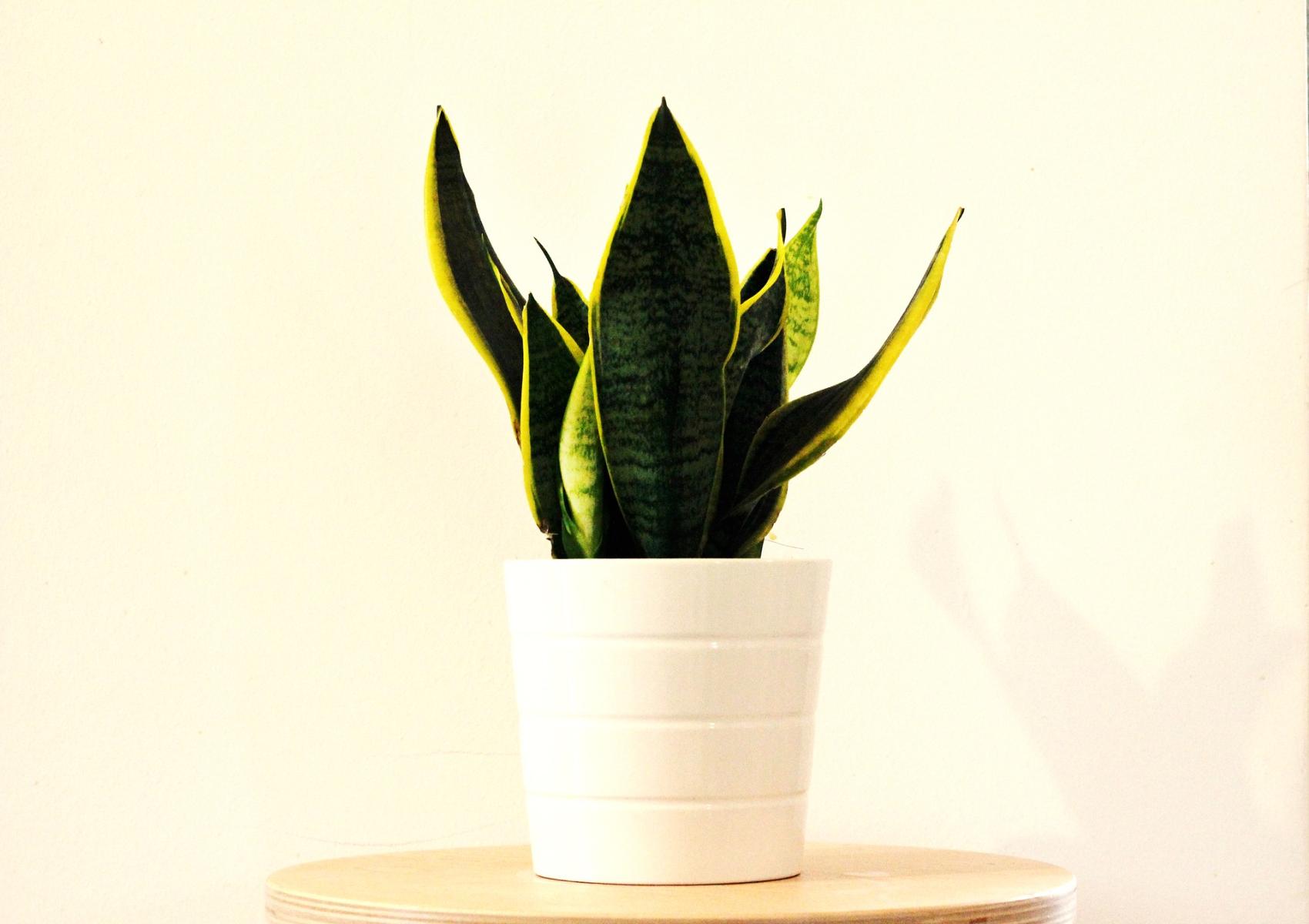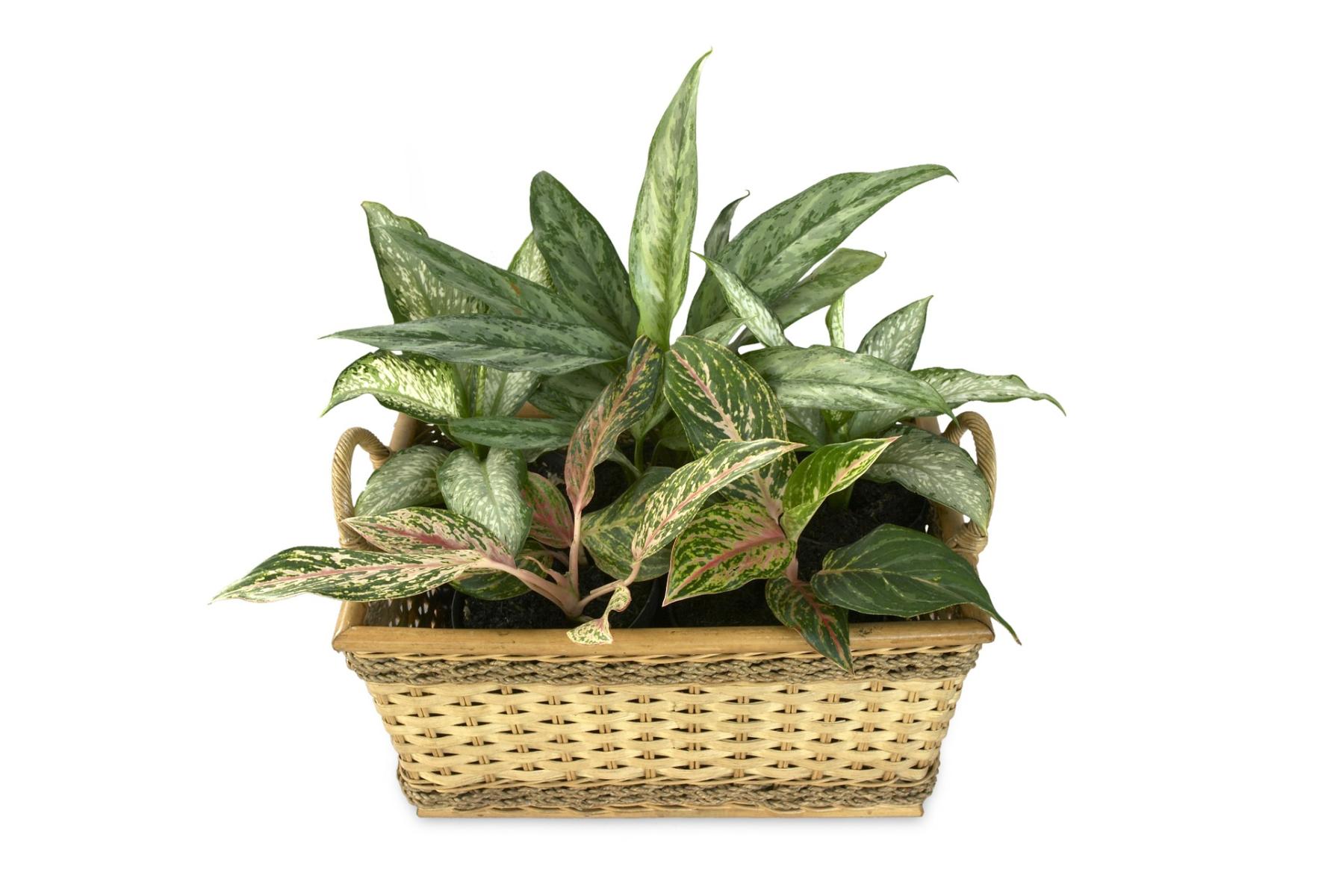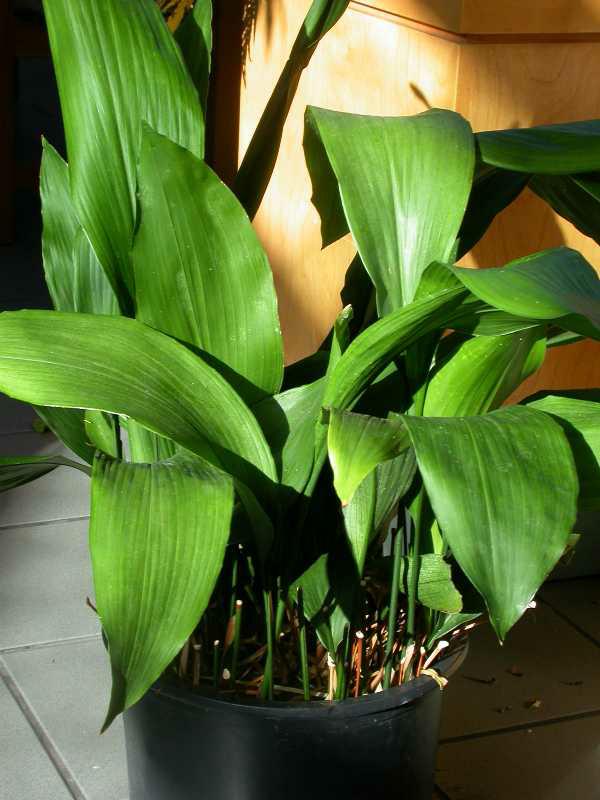
Many people enjoy growing houseplants, watching them grow or bloom. According to WebMD, the following benefits are a few of those provided by houseplants.
- Add moisture to the air. Low indoor humidity increases your chances of catching a cold or flu, or having dry itchy skin.
- Purify the air by removing volatile organic compounds. Good air-scrubbers include English ivy, asparagus fern and dracaena.
- They lift our moods, reduce stress, help us worry less and help us recover faster. Blooming plants are a particularly good pick-me-up.
 A common challenge facing houseplants indoors, particularly in winter, is poor light. Most homes are not well-lighted for plants, especially those requiring lots of light.
A common challenge facing houseplants indoors, particularly in winter, is poor light. Most homes are not well-lighted for plants, especially those requiring lots of light.
Signs your plants are not getting enough light can be seen as small leaves, long thin stems, failure of blooming plants to flower and lighter-than-normal colored foliage. For example, a geranium grown in low light tends to be spindly and have light green leaves, while the same plant in bright light will be shorter, better branched, with larger dark-green leaves.
Evaluating Indoor Light Levels
Generally, the brightest location in any home is at a south window, while the darkest is across the room from a north window. About the same amount of light is available for plants from an east or west window, however, a west window location is general warmer than an eastern window. If light intensity in a south window is 100%, east and west exposure is about 60% and north exposure 20%.
Seasonal variations in light intensity also have to be considered. Plants growing well in an east window in summer may require a south window in winter.
 Adding Light
Adding Light
If natural indoor light levels limit plant growth, adding supplemental lighting can solve the problem. Plants that barely existed with natural light will thrive when provided 12 to 16 hours daily of supplemental light.
First, realize light intensity is directly related to distance from the light source, i.e. the nearer a plant is to the light, the higher intensity light it receives. Moving a plant closer to a bright window increases light intensity, while moving one slightly further away cuts light intensity very quickly. The same is true of plant distance to a supplemental light source.
Before choosing a light, it’s important to understand certain colors or wavelengths of light are more important for plant growth than others. Plants need blue and red wavelengths for photosynthesis and basic growth, while infrared light must also be present for blooming plants. Plants get very little energy from yellow or green light wavelengths.
Incandescent or fluorescent lights can be used to supplement indoors however, incandescent or standard light bulbs produce a lot of heat and are not very efficient electricity users. A standard light bulb has a life of about 1,000 hours, while a fluorescent tube life is normally 10,000 hours or more. Incandescent lights produce mostly red wavelengths, with some infrared, but very little blue.
 For these reasons, fluorescent lights are more commonly used to supplement plant growth and are cool enough they can be place very close to plants, thus increasing light intensity. Standard cool white fluorescent lights – whether tubes or compact fluorescent bulbs - produce mostly blue light and are low in red. Most foliage plants grow just fine with this spectrum of supplemental light, however, you may need to use special horticultural-type fluorescent lights or “grow bars” for blooming plants which require higher levels of red light wavelengths.<
For these reasons, fluorescent lights are more commonly used to supplement plant growth and are cool enough they can be place very close to plants, thus increasing light intensity. Standard cool white fluorescent lights – whether tubes or compact fluorescent bulbs - produce mostly blue light and are low in red. Most foliage plants grow just fine with this spectrum of supplemental light, however, you may need to use special horticultural-type fluorescent lights or “grow bars” for blooming plants which require higher levels of red light wavelengths.<
LED grow lights provide both blue and red light wavelengths and can be used in the same way as a fluorescent “grow bar”.
When growing transplants or seedlings in the winter months, position lights 3-6 inches above plant leaves and raise the light as plants grow.
Other Ways to Manage Low Light Levels
If you don’t have the time, money or inclination to add lights, another way to deal with low indoor light levels is choosing plants which prefer or tolerate low light intensities. Houseplants can be classified according to their light needs, from those tolerant of low light to those requiring very high light intensity.
 Below is a partial list of plants tolerant to low light.
Below is a partial list of plants tolerant to low light.
- Boston fern – Nephrolepis sp.
- Chinese evergreen – Aglaonema sp.
- Cast iron plant – Aspidistra sp.
- Peace lily – Spathiphyllum sp.
- Philodendron sp.
- Ponytail palm – Beaucarnea recurvata
- Snake plant – Sansevieria sp.
Don’t Go To Extremes
Light that is too intense causes “sunburning” on plant foliage. Affected leaves develop pale patches, which eventually turn brown and die. If these symptoms develop, try moving the plant further away from the light source.
Images 1-4 from Pixabay.
Image 5 from the Missouri Botanical Garden.